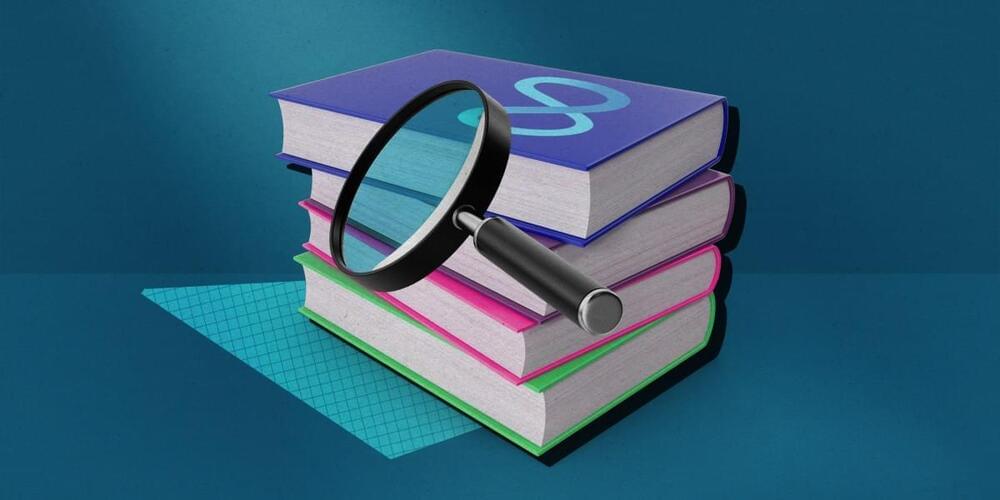Researchers using ALMA
The Atacama Large Millimeter/submillimeter Array (ALMA) is the largest ground-based facility for observations in the millimeter/submillimeter regime in the world. ALMA comprises 66 high-precision dish antennas of measuring either 12 meters across or 7 meters across and spread over distances of up to 16 kilometers. It is an international partnership between Europe, the United States, Japan, and the Republic of Chile.








